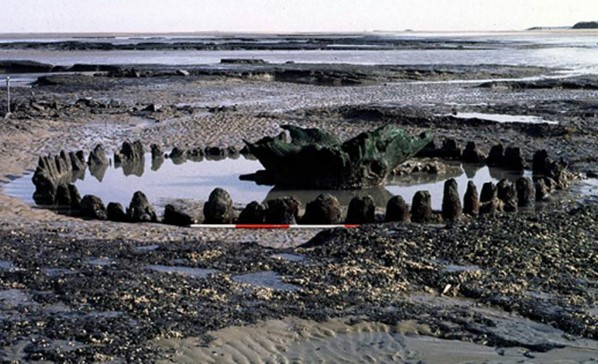According to a statement released by the University of Aberdeen, archaeologist David Nance suggests that “Seahenge,” a timber circle discovered in a salt marsh on England’s eastern coastline in 1999, and a second timber circle found nearby, may have been constructed in an attempt to end a period of extremely cold weather. These ancient structures, officially known as Holme I and Holme II, offer fascinating insights into the rituals and environmental challenges faced by early coastal societies.
Dendrochronology and Construction
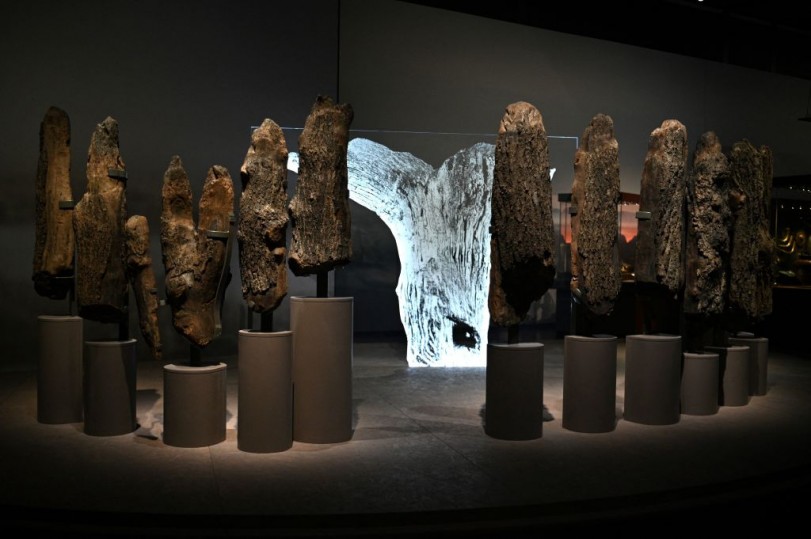
Dendrochronology, the study of tree rings, has shown that the two structures were made with trees felled in the spring of 2049 B.C. “We know that the period in which they were constructed 4,000 years ago was a prolonged period of decreased atmospheric temperatures and severe winters and late springs placing these early coastal societies under stress,” Nance explained. This climate stress likely drove the construction of these remarkable timber circles.
Holme I: A Symbolic Structure
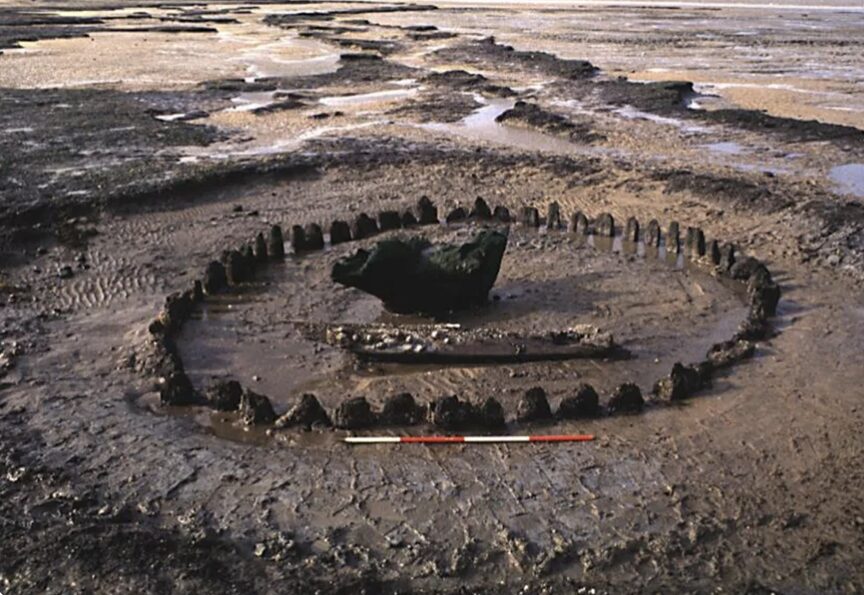
Holme I features five larger posts set in a horseshoe shape, thought to be aligned with the sunrise on the summer solstice. This alignment suggests a significant ritual purpose, possibly linked to ancient Briton mythology. Nance pointed to a story in which an unfledged cuckoo was penned in a thorn bush to keep it singing and extend the summer season. The bird’s escape, however, brought the warm weather with it to the Otherworld. Nance believes the arrangement of the timbers in Holme I may have been intended to resemble a hollow tree or “the bowers of the Otherworld,” invoking this mythological narrative.
Holme II: A Ritual Site
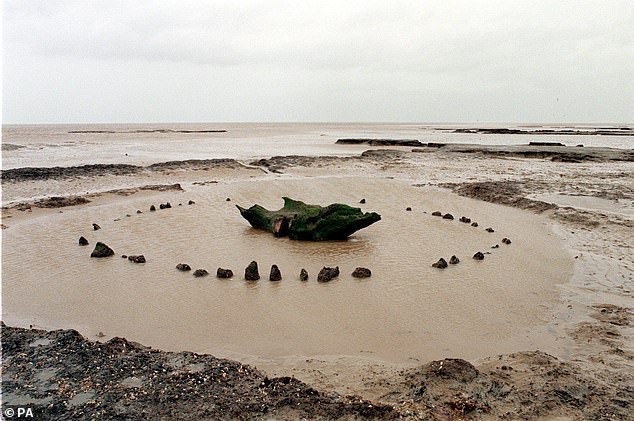
Meanwhile, the timbers in the center of Holme II are thought to have held a coffin and were oriented towards the sunrise on Samhain in 2049 B.C. Nance suggests this structure may be related to Iron Age legends in Ireland and northern Britain, which tell of sacred kings sacrificed to the goddess of Venus every eight years at Samhain. This ritual sacrifice was intended to appease the goddess and end the community’s misfortunes, including the harsh weather conditions.
Common Intent and Ritual Significance
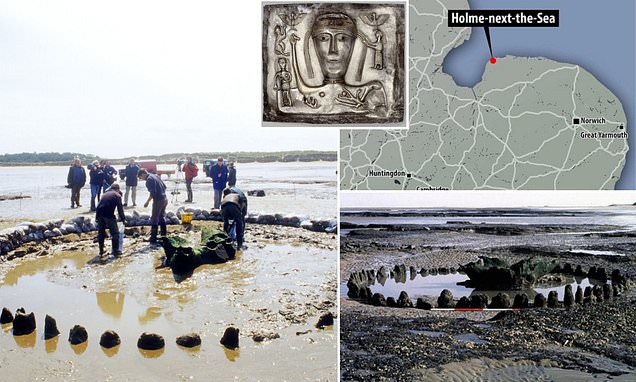
“Both monuments are best explained as having different functions and associated rituals, but with a common intent: to end the severely cold weather,” Nance concluded. The construction of Holme I and Holme II reflects the early societies’ attempts to influence their environment and alleviate the climate stresses they faced.
Conclusion
The discovery and study of Seahenge and the nearby timber circle provide a unique window into the lives and beliefs of ancient coastal communities. These structures not only highlight the ingenuity and resilience of early societies but also their deep connection to the natural world and the myths that shaped their understanding of it. For more about the origins of Samhain and related rituals, visit “Samhain Revival.”
